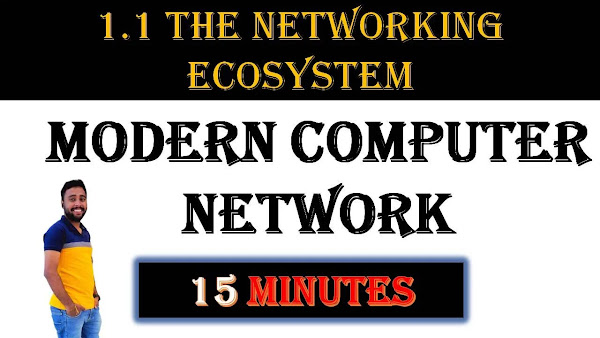2.2.1 Big Data in MODERN COMPUTER Network

Big Data In simple terms, big data refers to everything that enables an organization to create, manipulate, and manage very large data sets (measured in terabytes, petabytes, exabytes, and so on) and the facilities in which these are stored. Distributed data centers, data warehouses, and cloud-based storage are common aspects of today’s enterprise networks. Many factors have contributed to the merging of “big data” and business networks, including continuing declines in storage costs, the maturation of data mining and business intelligence (BI) tools, and government regulations and court cases that have caused organizations to stockpile large masses of structured and unstructured data, including documents, e-mail messages, voice-mail messages, text messages, and social media data. Other data sources being captured, transmitted, and stored include web logs, Internet documents, Internet search indexing, call detail records, scientific research data and results, military surveillance, m...





